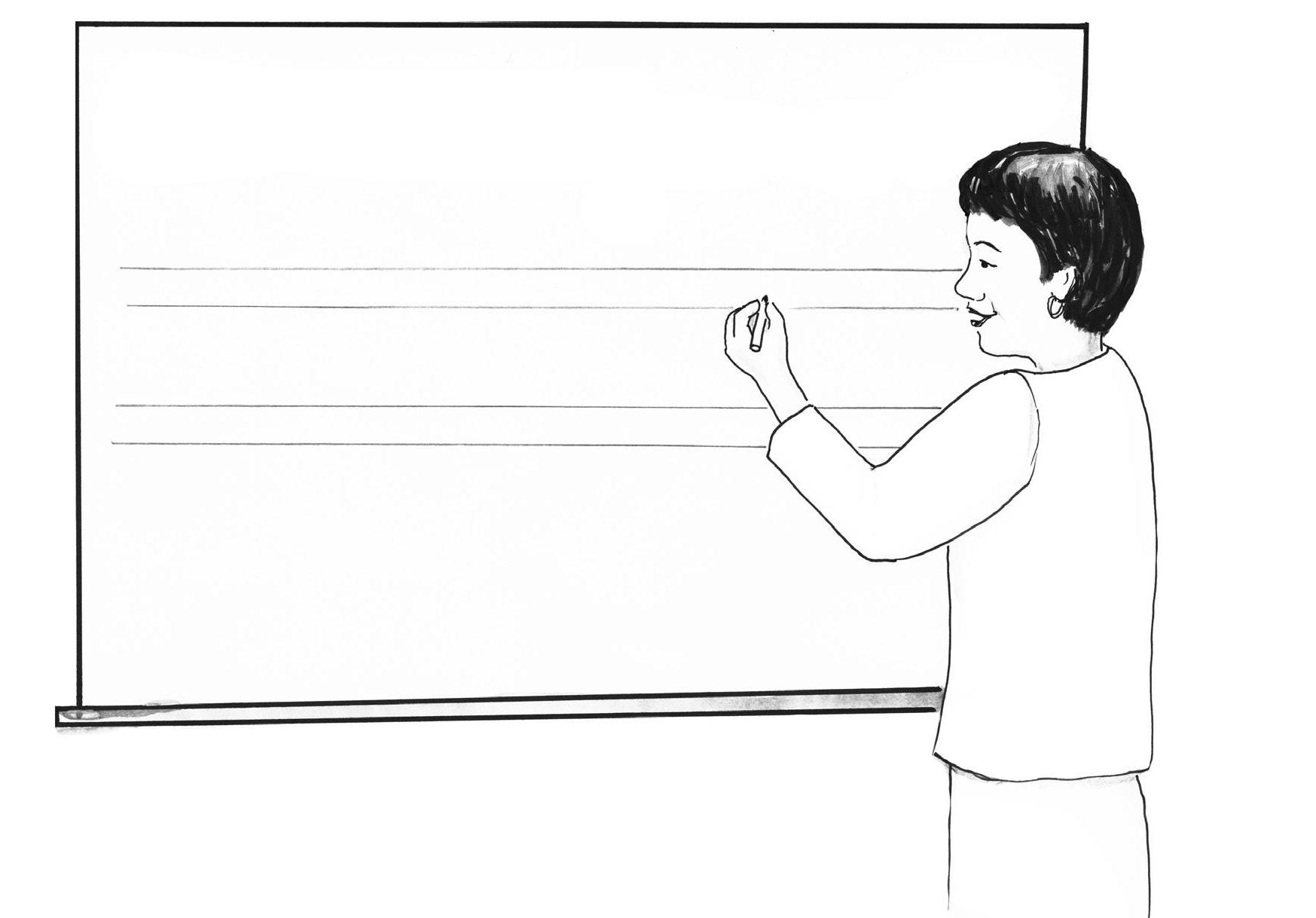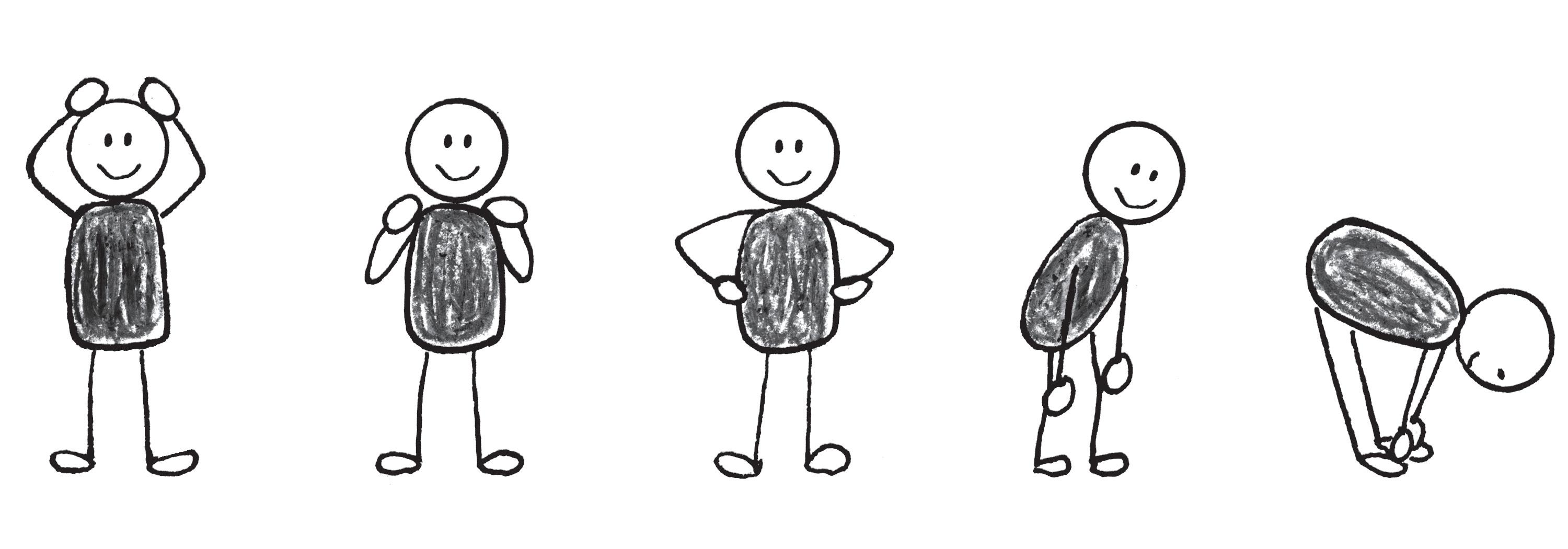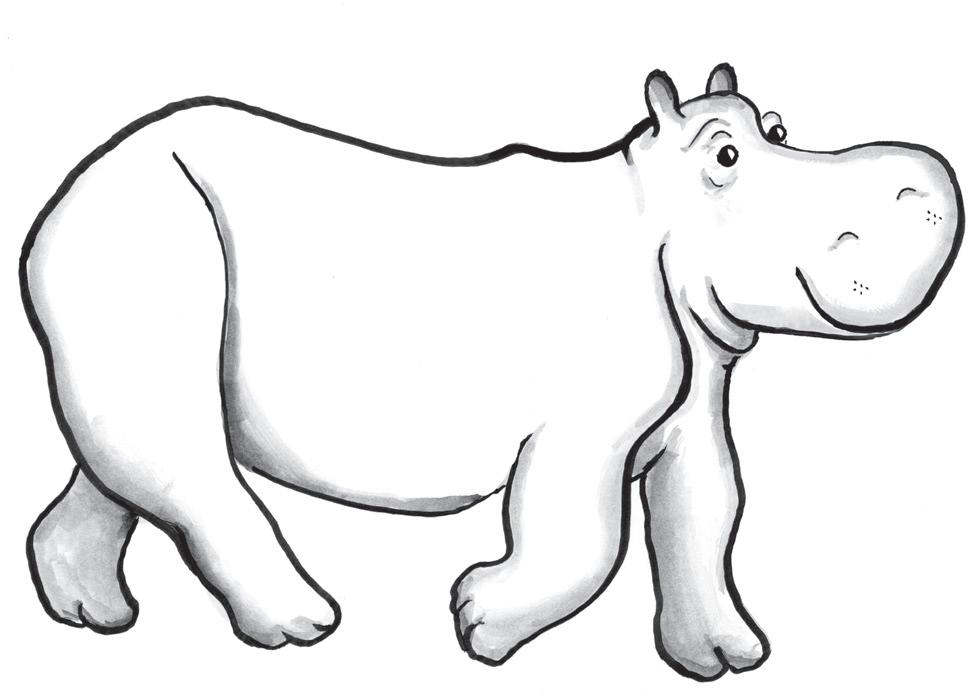
2 minute read
Syllables
Children should learn to write letters in the correct sequence. If you demonstrate with different voices, your students will quickly learn and memorize all the steps. This activity is filled with the repetition children need, but it is so much fun that the repetition is never boring.
Materials
• Large board, prepared with double lines • Magic C Bunny puppet (optional)
Activity
1. Help children find the step-by-step words in their student editions.
Read the words together as children point.
Demonstrate the letter, saying the steps with the children. 2. Let the Magic C Bunny whisper a request for a different voice.
Slowly demonstrate the letter again using a new voice.
Children join in by saying the steps and modeling your voice. Repeat. 3. Write the letter. Children put their pencils on the dot. They use their voices together to say the steps as they write. 4. Repeat the activity with different voices: high, low, loud, soft, slow, fast.
Why do some children runwordstogether? Speech doesn’t use spaces between words. Children may naturally write like they talk, without spaces. Bad worksheets can also force children to squeeze words together. By teaching with “Sentence Song” and generous spaces, you boost sentence skills.
Materials
• “Sentence Song” from
Rock, Rap, Tap & Learn music album
Activity
1. Teach sentence skills as you write on double lines: “We can write.” 2. Teach each sentence part as you write:
W = start the sentence with a capital letter.
We can = write a word and leave a space.
We can write. = write the last word. This is the end. make a period. 3. Play “Sentence Song.” Play it again and sing along while you point to the capitalization, spacing, and punctuation with your students.
We can write
A small word part with one vowel sound is called a syllable. Children move their bodies using different motions for each syllable. Breaking (segmenting) words into syllables helps with reading and spelling.
Activity
1. Say the word for the children: for example, hippopotamus. 2. Have children stand up and complete the syllable activity together while saying the word. For each syllable, move hands to a different part of the body starting at head and moving to shoulders, waist, knees, and feet. 3. Repeat for other words.
hip - po - pot - a - mus











